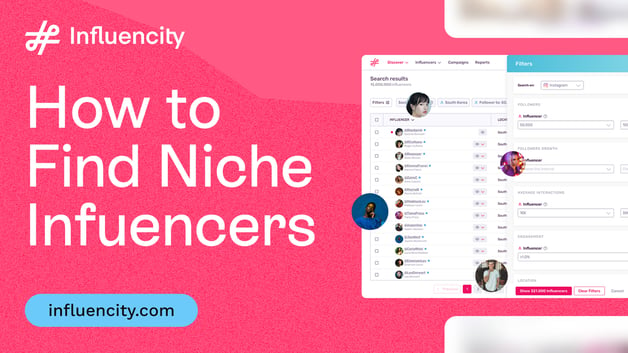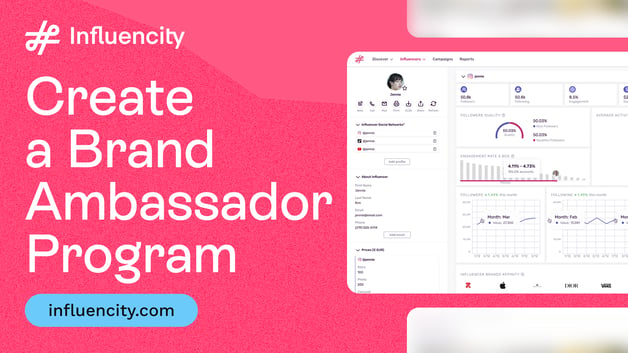Influencer Marketing
How Amazon Builds Influencer Marketing into Their Strategy… And You Can Too!
Influencer Marketing
Whenever I come across a cool Reel on home organization, I see the creator adding an Amazon affiliate link for the products featured in the video. The same holds true on platforms like YouTube and TikTok, where influential creators try to drive buying decisions through honest reviews and creative product demos.
Based on this alone, you can just imagine how expansive the company’s influencer marketing strategy might be. In fact, Amazon Associates accounts for over 46% of market share, making it the largest global affiliate program. And influencers are the driving force behind the program’s success, generating a significant portion of the company’s revenue.
So what makes Amazon’s influencer strategy so successful?
It’s not that Amazon is running a separate influencer marketing campaign to achieve this level of success. Instead, they’re focused on baking influencers into their overall marketing strategy, resulting in all-around success that’s long-term and sustainable.
In this post, I take a closer look at Amazon’s influencer strategy to show you just how deeply infused it is into the company’s overall marketing framework. I also share some tips on how to achieve the same level of success for your own business. Let’s get started.
Why Influencer Marketing Needs Real Strategy — Not Just Content Plans
For many brands and agencies, influencer marketing exists in a silo. They spend time and money on regular influencer campaigns and get influencers to create content promoting their products. But the impact is often short-lived and exclusive to a certain area, such as social media or sales.
That’s what happens when influencers are treated like a tactic instead of a pillar in their overall marketing strategy.
You may have strong content plans for how influencers should promote your brand. But if the content plan doesn’t align with the rest of your marketing efforts, it’s going to feel disjointed and out of place. Customers can easily fall off the funnel or get lost in the journey when your influencer marketing exists separately from your larger business operations.
Not to mention the issues resulting from a lack of alignment between different departments. Marketing needs to put together a strategy, while creative brings the ideas to life and legal oversees regulatory compliance and usage rights. Meanwhile, social teams help to ensure that the campaign doesn’t clash with your brand’s existing social strategy.
Any misalignment between these areas could create complications or even sabotage your marketing efforts.
For example, influencers might end up sharing broken links if the development team doesn’t set up the landing pages properly. Or you could end up with legal and PR issues if influencers use verbiage that the legal team didn’t sign off on.
Even major brands like Oreo faced legal troubles due to unclear labeling of the partnership in the “Lick Race” video by YouTubers Dan and Phil.
That’s why I suggest having standardized templates in place to create cross-functional alignment. This will ensure that key functions like creative, legal, performance, and social all speak the same language.
How Amazon Bakes Influencer Strategy into Their Marketing Machine
For retail giants like Amazon, influencers are closely woven into the company’s larger marketing strategy. Instead of running separate influencer campaigns, the company optimizes them as part of a broader omnichannel ecosystem.
Amazon has a solid influencer program powered by affiliate marketing. The program offers attractive incentives for the sales generated through influencer recommendations. But that’s not all – creators who are a part of the program can even build their own storefront featuring the products they want to recommend. This comes with a personalized URL that they can share with their audience across various social networks.

Influencers who are a part of the program regularly create content on Instagram, TikTok, and YouTube featuring their “Amazon finds” compilations or event-specific essentials. Think: “Spring Cleaning Essentials,” “POV: Packing for a Beach Day with the Girls,” “Top Summer Must-Haves,” and so on. This type of content doesn’t just drive ongoing sales but can also support product launches and sales.
Amazon further backs up their influencer strategies with Amazon Live, where customers can watch a creator’s livestream and simultaneously shop the featured products. Influencers will share product demos, walk-throughs, reviews, and more via live broadcast and engage their audience in real time.
This creates the opportunity to answer questions and remove any barriers to purchase. So it’s highly effective for driving sales in real time.

In addition to the always-on strategy to have creators promote products year-round, Amazon also leverages influencers to promote specific sale events. That’s where their Prime Day promotions come in. With the event being the biggest for the retail giant, it’s no surprise that influencers are highly involved in building anticipation.
In the weeks leading up to Prime Day, Amazon will put together an influencer-exclusive event where creators get to try out products from different brands that will be part of the Prime Day sale. This creates an opportunity for influencers to get a first-hand experience using the products, which allows them to generate authentic social proof before the launch.
Beyond this, Amazon has set up creator-led content hubs where their influencer community can get valuable tips and resources to improve their performance. From content creation guides to monetization tips, influencers can find plenty of useful advice from other creators.
Key Takeaway: Influencers aren’t just awareness generators — they’re friction reducers in Amazon’s full-funnel approach. They curate the most suitable products for different occasions and needs to streamline product discovery. They also provide reviews and social proof to enhance trust while answering questions to remove barriers to purchase.
In short, influencers are skillfully woven into the fabric of the brand’s overall marketing strategy, resulting in sustainable, long-term gains.
What Every Strong Influencer Marketing Strategy Template Should Include
To achieve the same level of influencer marketing success as Amazon, you need a comprehensive strategy covering various functions. And this strategy should be replicated for consistency across all your influencer campaigns. Having a standardized template makes this easy for you, as you don’t have to build your strategy from scratch every time.
Make sure your influencer marketing strategy template includes the following key details.
Campaign Purpose + SMART Goals
Your marketing strategy should clearly define what you want to achieve through the campaign. Whether you’re looking to promote a new product, drive foot traffic to a new location, or generate sales consistently, make sure to specify it in the document.
Granted, the purpose of each campaign may be different. That’s why you need to prepare a template that outlines the most common influencer marketing goals. This includes goals like brand awareness, driving website traffic, boosting sales, and enhancing customer engagement. Make sure to break them down as SMART goals, specifying:
- What the goal is (e.g., generate awareness about a new product)
- How to measure success (e.g,. generate 100,000 impressions and increase website traffic by 10%)
- By when you want to achieve the goal (e.g,. within three months of campaign launch)
For each campaign, you can customize this section by replacing the details related to the goal, metric, and timeline.
Target Audience/ICP
Your template should also specify who your target audience is. This will help creators understand who they’re speaking to and align their content to resonate.

Instead of simply stating the basics about your target audience, make sure to get specific with an ideal customer profile. Include details about their demographics, needs, concerns, and behaviors. For example, your ICP may include individuals who love luxury fashion but want to make more sustainable buying choices.
Defining your ICP plays an essential role in narrowing down the types of influencers you need to work with and building briefs that bring actual value. Following the example above, an influencer who regularly creates content about designer vintage and thrifting will resonate with the audience.
You may further strengthen the template by specifying which buyer personas you want to target. What are the specific subsets of buyers you want to reach with this particular campaign? If your brand has a predefined set of personas, you can simply reuse them for your influencer marketing strategy. Each campaign may target one or more personas depending on the overarching goal.
Influencer Criteria
Now that you have your goals and ICP figured out, it’s time to define what you’re looking for in an influencer. This is the section where you provide a list of criteria that an influencer has to meet to be considered a good fit.
You can include details like:
- Follower range
- Platform
- Niche
- Location
- Engagement rate
- Follower quality
Besides these basics, you can further strengthen the criteria with more details to streamline your search. You may consider factors like brand affinity, values, tone, and more to get really specific with your influencer search.
Content Pillars and Messaging
Your marketing strategy template should clearly specify the content pillars and messaging to use across your campaigns. These are the overarching themes that will tie your marketing efforts together, be it your organic social media or your influencer partnerships. Your content pillars define “what” to talk about while your messaging defines “how” to talk about it.
Defining these early on will help you maintain consistency in your messaging and content creation efforts even as you work with influencers.
For example, your content pillars may focus on customer education and social proof to build trust. Based on this, your messaging may focus on highlighting the unique ingredients you use and how they effectively address the skincare concerns of your ICP.
In this case, your influencers could share ingredient breakdowns, skincare routine demos, and before-and-after reviews.
Timeline and Milestones
Part of successfully executing your marketing strategy is ensuring that it stays on track. Any delays could throw your whole schedule for a loop and lead to overspending. This is why your template should clearly map out the campaign timeline along with dates for specific milestones.
Lay out the timeline for different stages of the campaign, such as:
- Influencer discovery and vetting
- Influencer outreach and negotiations
- Contract signing
- Briefing and creative alignment
- Content production
- Content approvals and revisions
- Campaign go-live
- Monitoring, reporting, and optimization
KPI Frameworks
Next, you’ll also need a structured approach for tracking and measuring your campaign performance. This includes a clear definition of the influencer marketing metrics to measure, how you’ll collect them, what benchmarks to measure against, and when you’ll analyze them.
For instance, you may want to look at the number of Instagram followers you originally had and then use Instagram Insights to track the number of followers gained after one week of running the campaign.
It’s important to align your campaign measurement efforts against specific goals. This will allow you to focus on what really matters.
Legal and Approval Checkpoints
When working with a third party (such as influencers or agencies), there’s significant legal risk involved. From content usage rights to regulatory compliance issues, you’ll need to make sure everything is in order to avoid conflicts or legal trouble further down the line.
his is why you need to set up checkpoints for legal compliance and content approvals with a focus on:
- Usage rights
- Contract status
- Partnership disclosures
- Regulatory compliance
Free Download: 3 Influencer Marketing Strategy Templates That Work
There’s a lot that goes into an influencer marketing strategy. So here are three downloadable templates to make your job easier:
Strategic Brief Template
|
Overview: <Brief description of the campaign along with who your brand is> |
|
Goal: <Definition of your campaign objective> |
|
ICP: <Detailed breakdown of your ideal customer profile> |
|
Channels: <List of platforms where you want influencers to create content> |
|
Deliverables and Timelines: <List of content pieces you want them to post and when> |
|
Messaging: <Overarching message that you want to deliver through the campaign> |
|
Key Talking Points: <List of key details you want influencers to include in their content> |
|
Call to Action: <What you want the audience to do, i.e., shop the new collection, visit your store, sign up for something, etc.> |
|
Inspiration/Mood Board: <Description and visualization of examples highlighting the types of content you want to see> |
|
Content Review Process and Timelines: <Detailed breakdown of content review and approval workflow, including when and how to submit, who to submit to, etc.> |
Campaign Timeline Tracker
.png?width=700&height=322&name=White%20%26%20Green%20Modern%20Bar%20Chart%20Graph%20(44).png)
Influencer KPI Dashboard
.png?width=700&height=308&name=White%20%26%20Green%20Modern%20Bar%20Chart%20Graph%20(45).png)
How to Adapt Templates Based on Industry, Channel, and Objective
The above templates only give a basic example of what your influencer marketing strategy templates should look like. You’ll need to make further adjustments based on factors such as industry, channel, and objective.
B2B vs. B2C
There’s a stark difference between B2B and B2C influencer campaigns, especially when it comes to KPIs and messaging. When adapting templates for B2B campaigns, you’ll want to focus more on audience education and establishing authority in the industry. Meanwhile, B2C campaigns may focus more on driving immediate action, such as purchases.
D2C Launches
For direct-to-customer brands launching new products, you’ll want to align your influencer brief with product drops and go-to-market strategies. The focus may be on generating buzz and building anticipation through sneak peeks, first impression videos, giveaways, and influencer events.
Sales Campaigns
When the main focus is on driving sales, you’ll need to adapt your strategy to influence buying decisions. Consider experimenting with CTA variants to see what works. And make the most of promo code tracking and affiliate integrations to maximize sales.
Channels
If you’re running campaigns across different channels, you’ll need to make template tweaks, factoring in optimal content formats and platform-specific user preferences. Think of: thought leadership on LinkedIn vs. visual walk-throughs on TikTok.
Tools to Use for Campaign Template Execution
The right tools can streamline the process of creating and managing influencer marketing strategy templates. Here are some options:
- Google Sheets – Cloud-based tool to create spreadsheets, ideal for collaborative briefs.
- Notion – Workspace application for taking notes and managing tasks, and projects. Great for creator portals and client reviews.
- Airtable – Cloud-based app for storing data and managing projects, suitable for campaign database management.
- Influencity – Offers powerful tools for influencer selection, analytics, and campaign flow integration. Best for end-to-end influencer marketing management.

Build Powerful Influencer Marketing Strategies for Long-Term Impact
Influencer marketing that exists in a silo may deliver limited and short-lived results. But when influencers are creatively baked into your overall marketing strategy, you’re more likely to see a long-term impact. Take a page off Amazon’s playbook and make the most of the ideas I shared above to build powerful influencer marketing strategies for your business.
Tags:
Marketing Strategy
Jackie Zote
Jacqueline Zote is a freelance writer and content producer who specializes in putting together in-depth guides and articles on all things related to digital marketing. As a social media native who’s chronically online, she uses her expertise and experiences to tap into the pulse of social media and influencer...



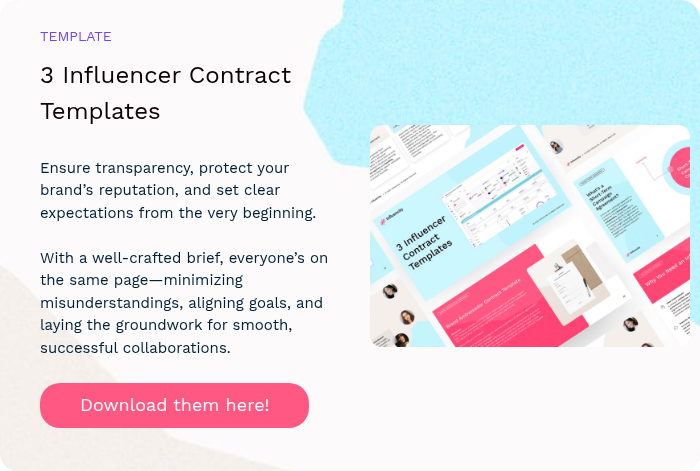
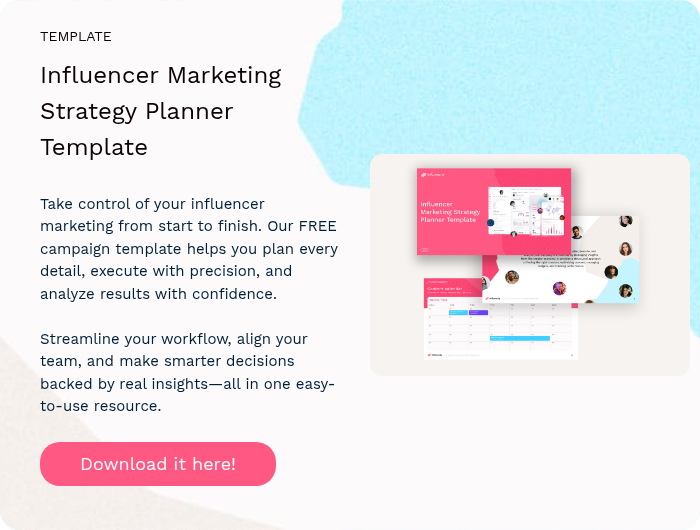






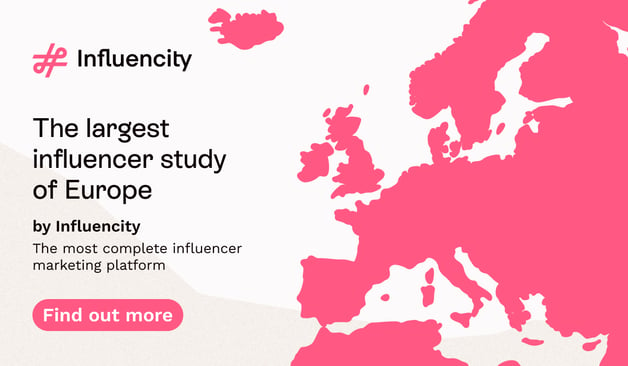

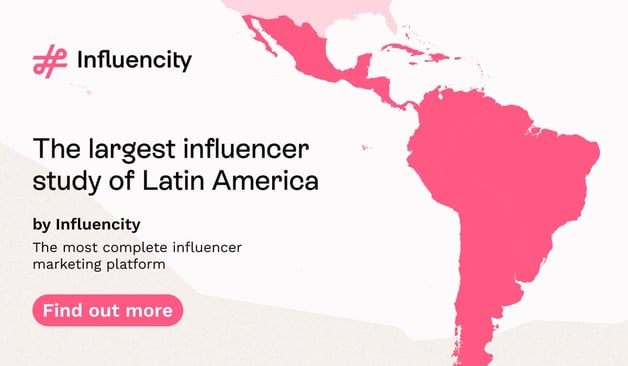


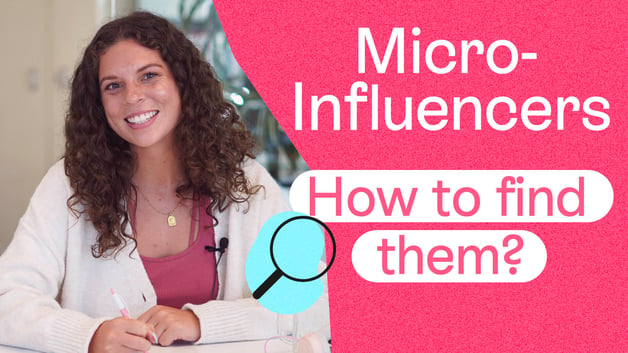


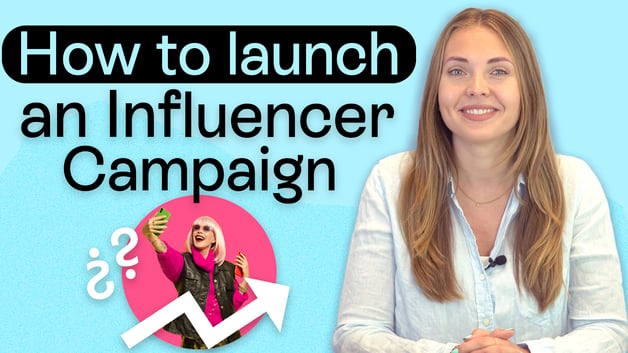

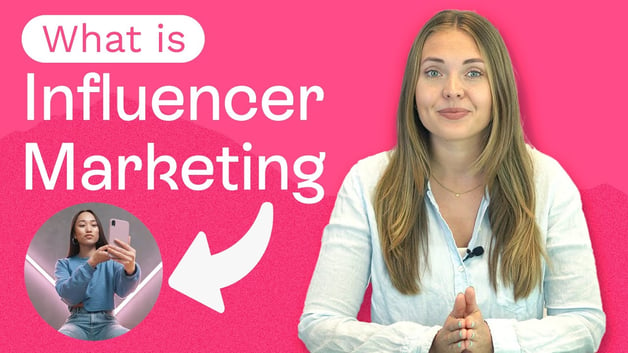

%20and%20How%20Can%20They%20Benefit%20Your%20Brand%20article.jpg?length=628&name=What%20Are%20Key%20Opinion%20Leaders%20(KOL)%20and%20How%20Can%20They%20Benefit%20Your%20Brand%20article.jpg)
